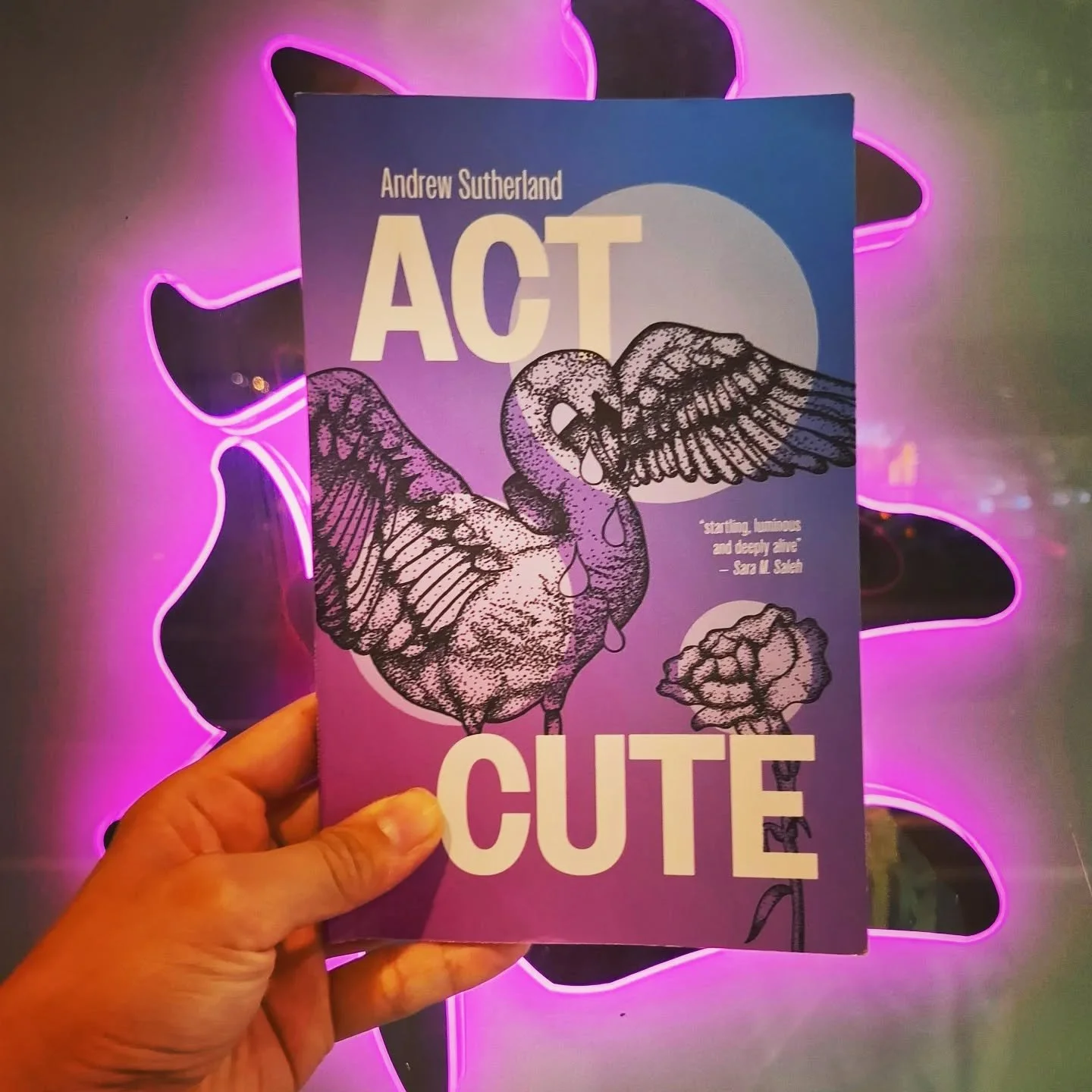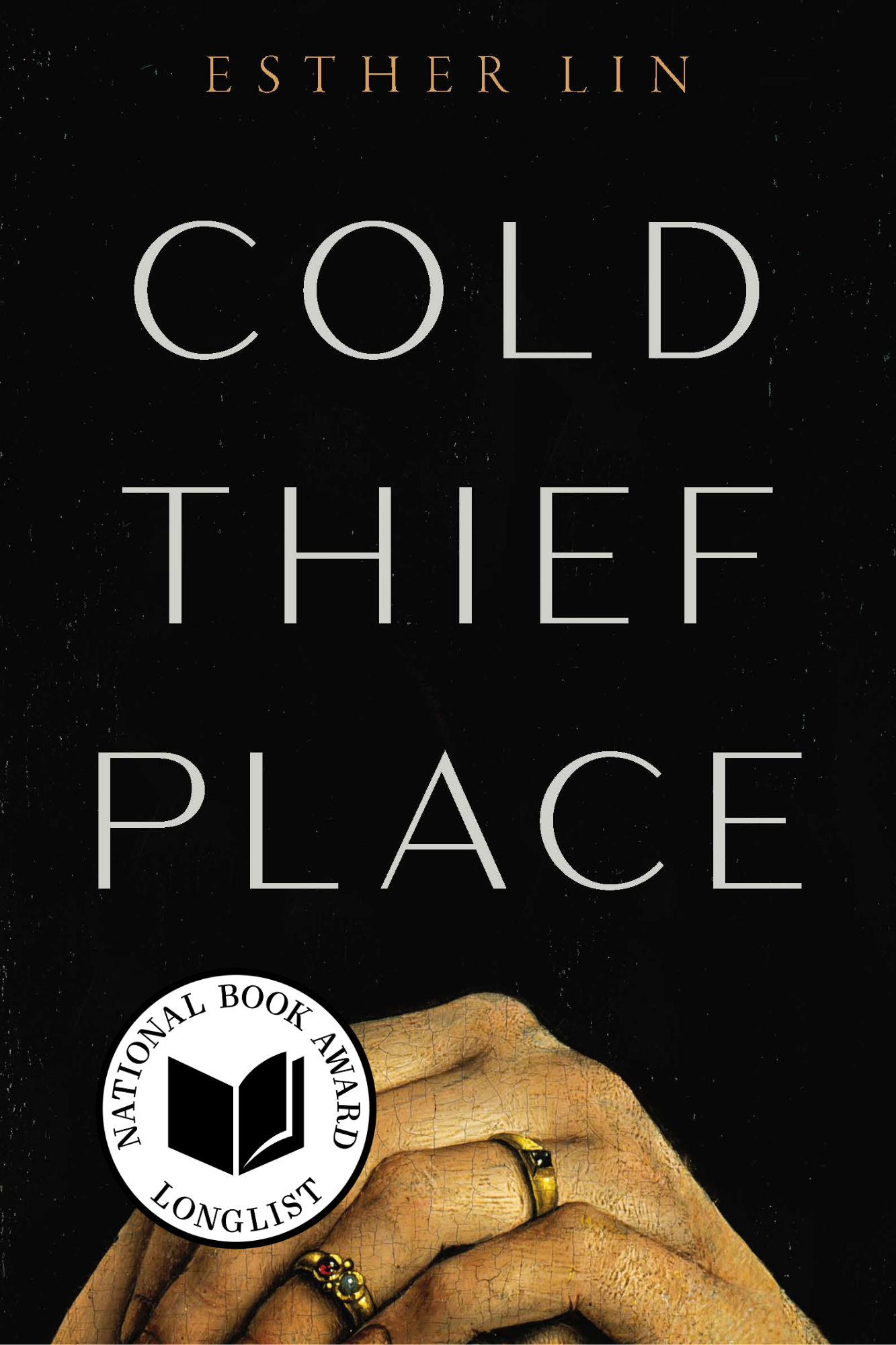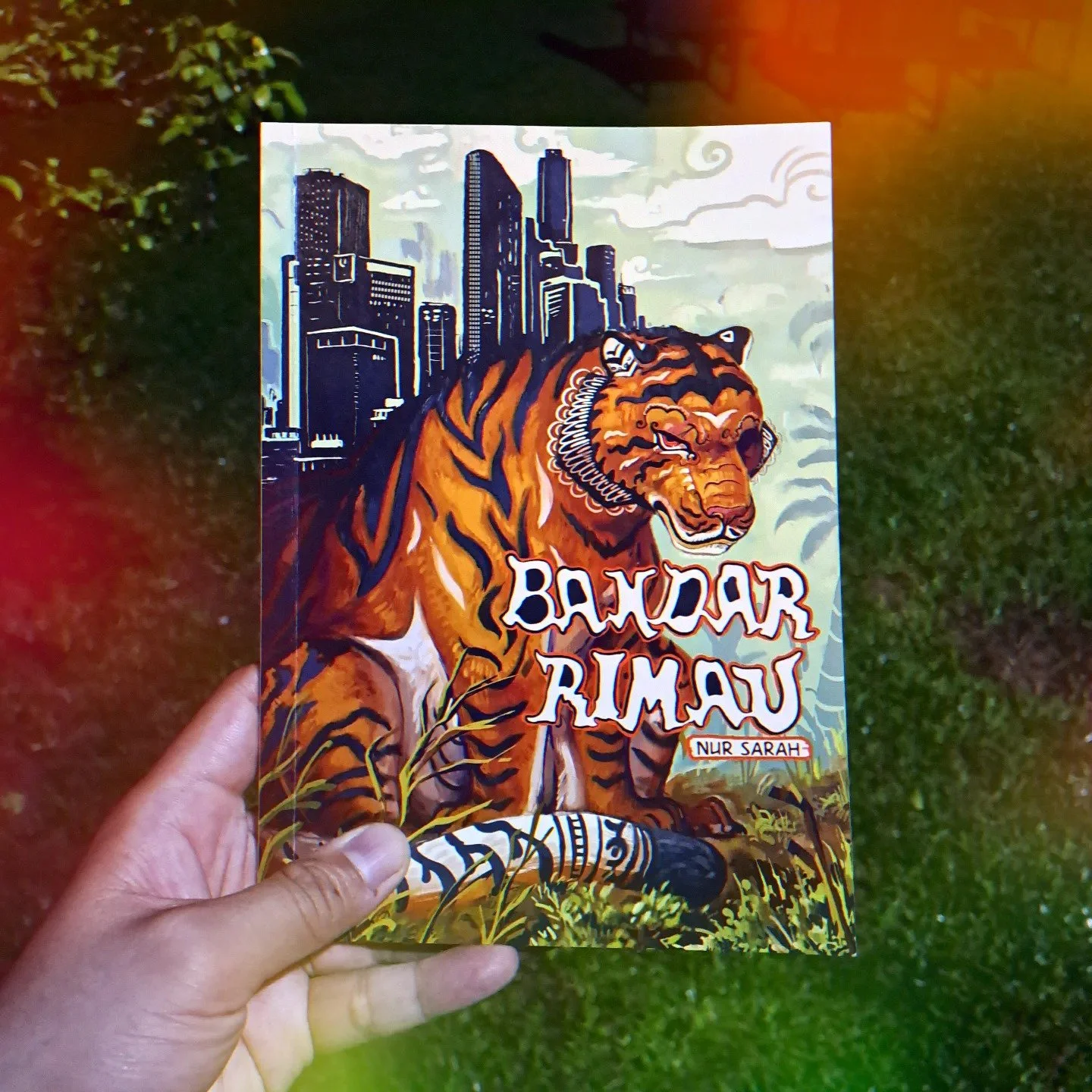She Was There
By Miranda Jeyaretnam
Review of Where I Was: A Memoir About Forgetting and Remembering by Constance Singam (Singapore: Ethos Books, 2022; originally published as Where I Was: A Memoir from the Margins by Select Books, 2013)
In her updated memoir, Where I Was: A Memoir About Forgetting and Remembering, Singaporean activist Constance Singam traces her life as an Indian woman, widow, and activist on the margins of Singaporean society. We begin with her childhood in Kerala and post-war British Singapore; witness Singam’s journey as a political activist and the death of her husband, Straits Times journalist N.T.R Singam, in 1978; and arrive at her reflections today. Crucially, Singam recounts her time at the Association of Women for Action and Research (AWARE), Singapore’s preeminent gender equality advocacy group, which she became president of two years after its establishment in 1985.
Set against the backdrop of Singapore as well as international politics, Singam’s memoir functions as an expanded and untold history of the country. As she takes us through this history, she reveals how Singapore has changed, but also how many of the problems that persist today have their roots in the Singapore of nearly six decades ago. Singam recalls the Maria Hertogh riots in December 1950 and the May 13 Generation — the Chinese Middle School student movement that grappled with the colonial imposition of the British — inviting readers to reconsider Singapore’s position on political demonstrations. These remain open questions: nowhere does Singam condone the violence associated with these riots, but rather she presents us with a history of pre-independence Singapore and of the ruling People’s Action Party (PAP), which was built on the backs of democratic, socialist, and anti-colonial social movements — a history that has since become marginalised from the mainstream by post-independence government policies and narratives.
Singam dedicates a significant chapter of the text to the memories that she and her friends — including Lena Lim, the founding president of AWARE — have of Operation Coldstore in February 1963. In this covert operation, the PAP used the Internal Security Act to detain 113 people without trial under suspicion of being communist. Later, Singam writes, the ISA was used to detain those who were politically opposed to the party. This chapter of Singapore’s history, often left out of its history books, had significant consequences: Singam argues that the PAP secured a merger with Malaysia in September 1963 in part by detaining, without trial, most of the leaders of the Left who opposed it. The chapter closes with a timeline and a detailed, although not exhaustive, list of those detained under the ISA.
Singam revisits these landmark events in Singapore’s history and imbues them with a human and personal perspective, while also deftly highlighting how they contributed to our contemporary definitions of Singaporean identity and the Singaporean nation. Operation Coldstore, justified by the threat of spreading communism in the 1960s, propelled the PAP to the forefront of Singaporean politics and cemented its control over the country. “The PAP, in unconcealed triumphalism, set about defining the Singapore culture, in line with its notions of the Singapore nation and identity,” Singam writes. “In the early days, this debate was tinged with a degree of xenophobia and puritanism. The intention was, and continues to be, the control of ideas, about the expression of what it means to be Singaporean, about images and imaginings.”
Shyama Golden - A Moth, A Mom, A Monsoon, a Moon (2019), acrylic on canvas with projection-mapped animation, framed, 48"x56"
Image description: A video that features a portrait of three Indian women against a lilac wall with botanical patterns. The woman in the middle is in a purple saree while the women on the left and right are in more contemporary clothing. They are framed inside an arched shape in warm yellow, with an illustrated moth in the top left corner and a leopard head in the top right corner.
Mapped over the portrait, a projection features animated rain falling and lightning flashing behind these women while a full moon is positioned above the woman in the middle. In the video, botanical illustrations float across the women’s clothing. Towards the end of the video, the rain clears up and the moon wanes.
Singam delineates two competing Singaporean identities: one organic and “always buried deep in [her] subconscious”, and one artificially constructed out of laws and policies. She portrays the relationship between these two cultures through the changing physical landscape of Singapore. Indeed, the memoir opens with a reflection on this landscape: “the previous time I had been caught up in a morass of self-doubt and unhappiness, I had gone on a retreat. I had checked myself in at the Marymount Convent retreat house for three nights. Convents and monasteries are wonderfully silent, healing sanctuaries that are ideal spaces for meditation.”
Such spaces, however, are dwindling, with the convent property transformed from a “quiet cloister” to the North-South Expressway. The political transformation is accompanied by the erasure of Singapore’s historical landscape, an architectural slingshot into modernity. In recent years, we might think of the demolition of Rochor Centre and Pearl Bank, the reclamation of arts spaces like The Substation and Centre 42 by the NAC, and, more positively, the decision to conserve Golden Mile Complex.
Singam’s memoir is dotted with recollections of Singapore’s physical past. Her education at the University of Singapore — which merged with Nanyang University in 1980 to form the National University of Singapore — was shaped by student activism. The Bukit Timah campus was a hotbed for student demonstrations and gatherings. In contrast, the Kent Ridge campus was “architecturally designed to discourage public gatherings”. Hong Lim Park, which hosts Speakers’ Corner today, was similarly a space for political expression in the past, but the freedom for multiple political parties to campaign and rally there has been stifled by the insistence on permits to hold events there. Thus, Singam asserts, Singapore’s physical and political sanitisation was manufactured:
The ‘clean’ city would reflect the clean and effective government that Singapore would have. The streets of Singapore were cleared of hawkers and the night markets were banished. Rivers became canals. Even the parasitical plants that grew on trees were removed. Trees that shed were disposed of and replaced by manageable ‘instant’ trees. A new climbing creeper, popularly known as the ‘Lee Kuan Yew creeper’, covered public pillars and embankments. Old buildings made way for new ones.
Throughout the memoir, Singam frequently finds her identity as a “child born in Singapore” challenged by racial animosity and stereotypes foisted on her. When a taxi driver points out another Indian woman as Singam’s “country woman”, Singam corrects him: “We are all from the same country. We are all Singaporeans.”
“No,” he says, “Singapore belongs to Lee Kuan Yew.”
The original “idea of a Singaporean Singapore”, an identity based on hybridity and cultural fusion, was supplanted in the late 1970s by separate Singapore Chinese, Malay, and Indian categories. Recalling a speech by Lee Kuan Yew in which he suggested that the economic success of Chinese labourers in early Singapore stemmed from their greater productivity compared with their Malay and Indian counterparts, Singam offers an alternative historical explanation. Chinese labourers worked freely and earned according to the loads they delivered, whereas Indian labourers were brought to Singapore as indentured labourers by the British colonial government. The relative productivities of different groups therefore resulted not from some inherent “hardworking” trait the Chinese had and the Indians lacked but from colonial power dynamics that stripped Indian labourers of their agency.
The real asset of Where I Was is Singam’s personal memories, many of which overlap with historical moments in the nation’s politics. One episode that stands out is the tumultuous hostile takeover of AWARE in 2009 by a group of fundamentalist Christian women. The group consisted of women who appeared to come largely from one church and who opposed AWARE’s pro-LGBTQ+ and pro-choice stances. The AWARE Saga, as it has come to be known, is a landmark moment in the history of civil society in Singapore. More than a decade later, how and why the takeover happened and the ensuing ramifications continue to be analysed and debated, including in AWARE’s limited-series podcast released in 2020.
AWARE Saga Podcast (https://aware.org.sg/saga/)
Where I Was, even down to its title, gives us a deeply personal understanding of how the events played out. Singam makes us feel as though we were there with her when the AWARE Centre was overcrowded with new faces at the Annual General Meeting for the first time in its history, voting in members who had never been part of the group’s fight. We are there with Singam when the new Executive Committee physically locked up the premises, installing close-circuit television cameras around the Centre. And we are there with her when the new ExCo refuted any objections based on AWARE’s constitution: “The law is law. Forget about fairness; forget about precedence; forget about culture; forget about the long hard work of members.”
The AWARE Saga highlighted the vulnerabilities in civil society activism in Singapore. The betrayal had come not just at the hands of the hijackers but also from within AWARE. It was because long-time AWARE members did not show up at the AGM that caused them to be outnumbered. The weeks after the takeover were filled with debate and uncertainty about how to move forward: “‘We are AWARE. We have to be “nice”,’ the Old Guard said, forgetting that feminists throughout history had to fight hard, loudly and persistently, before any change occurred.
Overwhelmingly, though, Singam’s account of this episode is filled with pride. People from within and outside of AWARE organised against the new ExCo, rebelling against the “mainstream culture of apathy” in Singapore. The Old Guard held an Extraordinary General Meeting to push for a vote of no confidence against the new ExCo, at which thousands of new and old faces showed up. Women told Singam they wished that they had brought their daughters to the EGM to show them “democracy at work.”
The seven lines Singam delivered at the EGM, directed at the members of the new ExCo who had staged the coup, were transformed into a chant by the crowd:
Where were you when women were abused and battered in their homes and girls raped?
Where were you when husbands and children of Singapore citizens were denied citizenship?
Where were you when women civil servants were denied equal medical benefits?
Where were you when women were restricted to one-third of the intake in the medical faculty?
Where were you when parents were struggling with work-life balance?
Where were you when concerns were raised about the aging population—when women were getting poorer as they aged?
Where were you?
Where I Was answers Singam’s questions. Through all of it, she was there — and in reading her memoir, the daughters of those pioneering women can experience the hope that her life inspires.
Shyama Golden - The Offering (2022), acrylic and oil on board, framed, 11"x14" x 2
Image description: A diptych painting of a pair of floating hands on wood panels. Each hand is framed within an oval, with a soft pink color on the outside. The hand on the top wooden panel holds an uprooted plant with its petals dropping. The background features a blue sky with an inverted view of the sun peeking out from behind some mountains. The hand on the bottom panel has red nails and wears a thick golden bangle and a golden ring. Its palm is facing upwards to catch the petals falling from the top panel. In the background, the sun over some mountains begins to set.
Singam’s expanded memoir was supposed to be launched on 20 March, 2022, at the Singapore Literature Book Bazaar at The Arts House. After a review by the National Arts Council, which funds the Bazaar, the book was pulled from the event because its contents did not comply with the NAC’s funding guidelines. The memoir was instead launched on the same day at 10 Square Auditorium, a community space for arts use, managed by The Rice Company Limited and supported by NAC.
In a Facebook post, Ethos Books, the memoir’s publisher, wrote, “Even though there has been a slight misunderstanding that the launch was cancelled due to the contents of the questions that would be discussed during the event, the key issue still stands, that any questioning or criticism of the status quo is deemed destructive.” Such criticisms are implicit throughout Singam’s memoir. Moreover, political repression creates the same censorship, often self-imposed, that patriarchal structures place on women. “Marriages and love affairs are clothed in silence,” she writes. “At coffee one day, my women friends agreed cheerfully that there are things one never speaks about with husbands, or about husbands, or about fathers.” The patriarchy, like political domination, relies on the status quo, including direct limitations on freedom of expression as well as moments of self-censorship, when we decide things would be easier if we just acquiesce.
“What stories we tell! The myths we create! The power of what is said is not only in what is said but who says it and how it is said,” Singam writes. Her purpose in writing this memoir, it might seem, is to dispel the politically constructed myths about our history, culture, and society — myths that prevail in Singapore today. Yet, as important as recovery of Singapore’s history is to the memoir, it is her personal memories that make her observations about race and gender so poignant. From her childhood experiences in Kerala with her grandfather, the patriarch of their household, she learns, “Fear and silence keeps us trapped in our powerlessness as it has in my inability to say ‘I love you’ when I most needed to.” Expression of emotions, whether of anger, protest, or love, requires equality. Without that, we are stifled. Thus, Where I Was, in both its content and its very publication, is a commitment to expression — a dedication to giving a voice to those on the margins.
Miranda Jeyaretnam is a third-year undergraduate student at Yale University, where she studies English and writes for the Yale Daily News. Born in Singapore, she is interested in ecocritical readings of postcolonial literature and is an aspiring journalist. In her free time, she enjoys baking, weightlifting, crossword puzzles, and hunting for community cats to pet.
*
Shyama Golden’s background is in oil painting and graphic design. She worked as a designer for a decade before transitioning into figurative art. Patterns, people, and nature are common elements in her work in both oil and digital mediums. She pulls inspiration from her Sri Lankan background and her American upbringing in her paintings. Hyphenated-Americans are often centered as protagonists in her work. She is from Texas but has lived in New York, New Zealand and Sri Lanka, and is currently based in Los Angeles.
If you’ve enjoyed reading this article, please consider making a donation. Your donation goes towards paying our contributors and a modest stipend to our editors. Singapore Unbound is powered by volunteers, and we depend on individual supporters. To maintain our independence, we do not seek or accept direct funding from any government.











Ashley Marilynne Wong reviews Ling Ling Huang’s Immaculate Conception.